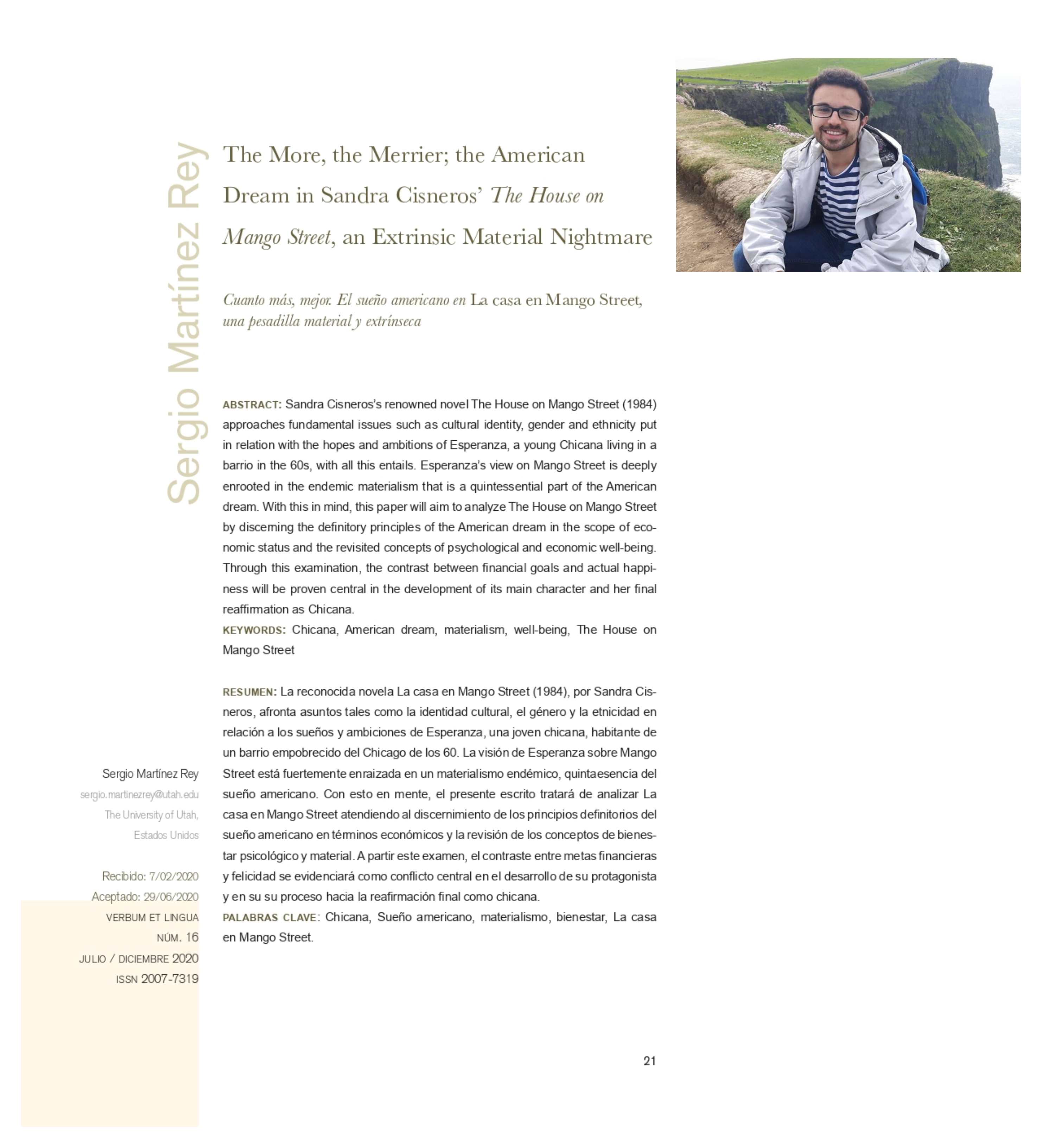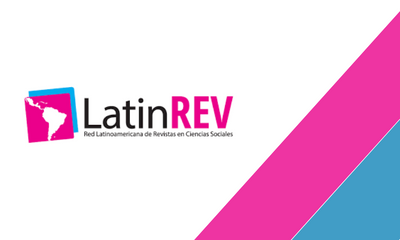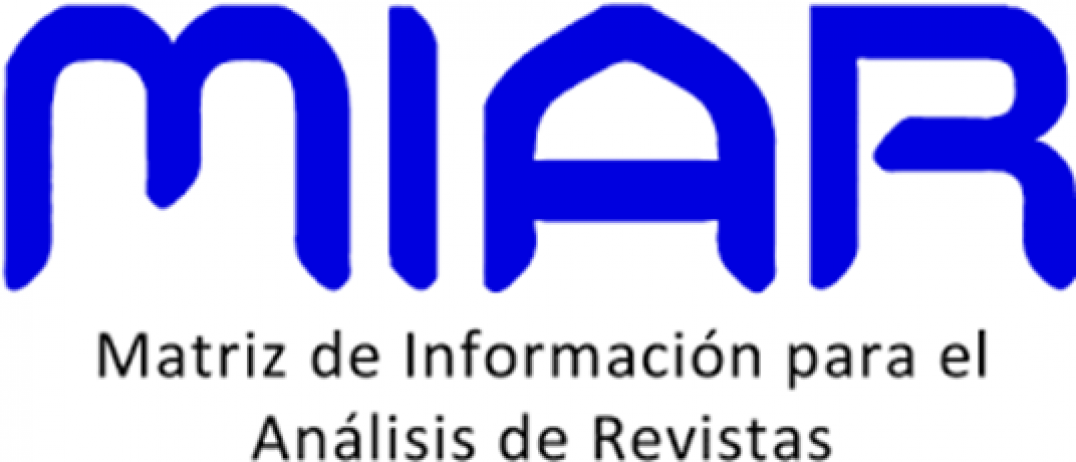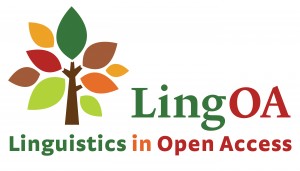The Cuanto más, mejor. El sueño americano en La casa en Mango Street, una pesadilla material y extrínseca.
DOI:
https://doi.org/10.32870/vel.vi16.147Keywords:
Chicana, American dream, Materialism, Well-being, The House on Mango StreetAbstract
Sandra Cisneros’s renowned novel The House on Mango Street (1984) approaches fundamental issues such as cultural identity, gender and ethnicity put in relation with the hopes and ambitions of Esperanza, a young Chicana living in a barrio in the 60s, with all this entails. Esperanza’s view on Mango Street is deeply enrooted in the endemic materialism that is a quintessential part of the American dream. With this in mind, this paper will aim to analyze The House on Mango Street by discerning the definitory principles of the American dream in the scope of economic status and the revisited concepts of psychological and economic well-being. Through this examination, the contrast between financial goals and actual happiness will be proven central in the development of its main character and her final reaffirmation as Chicana.
Downloads
Metrics













